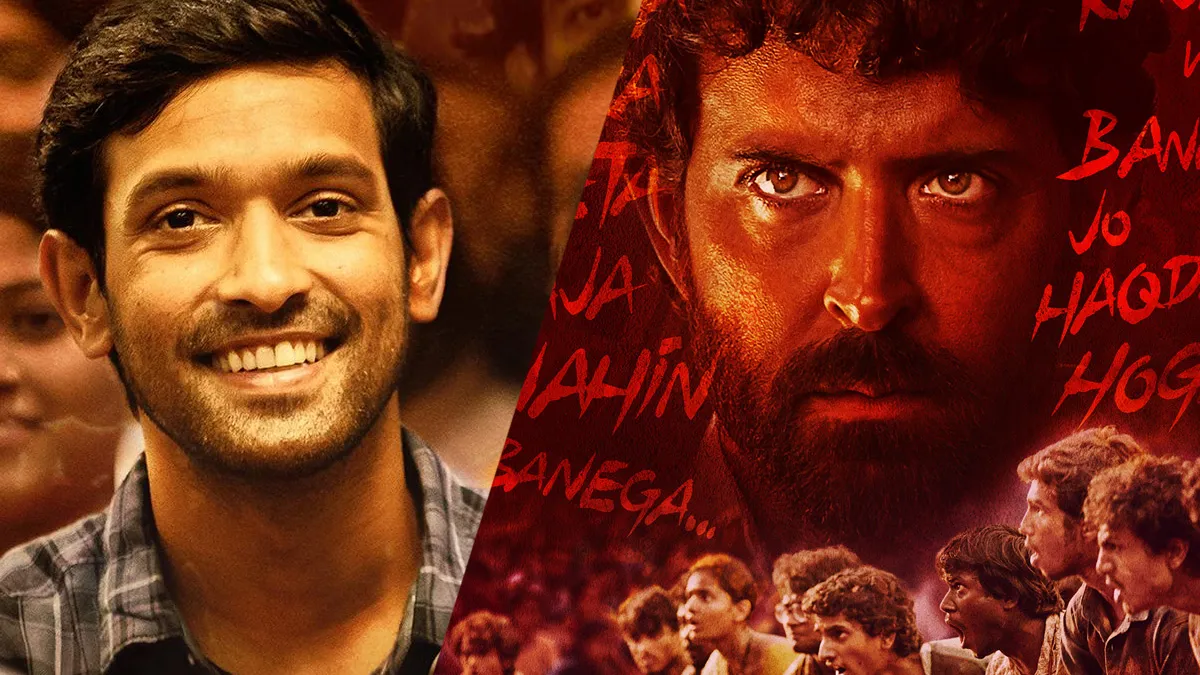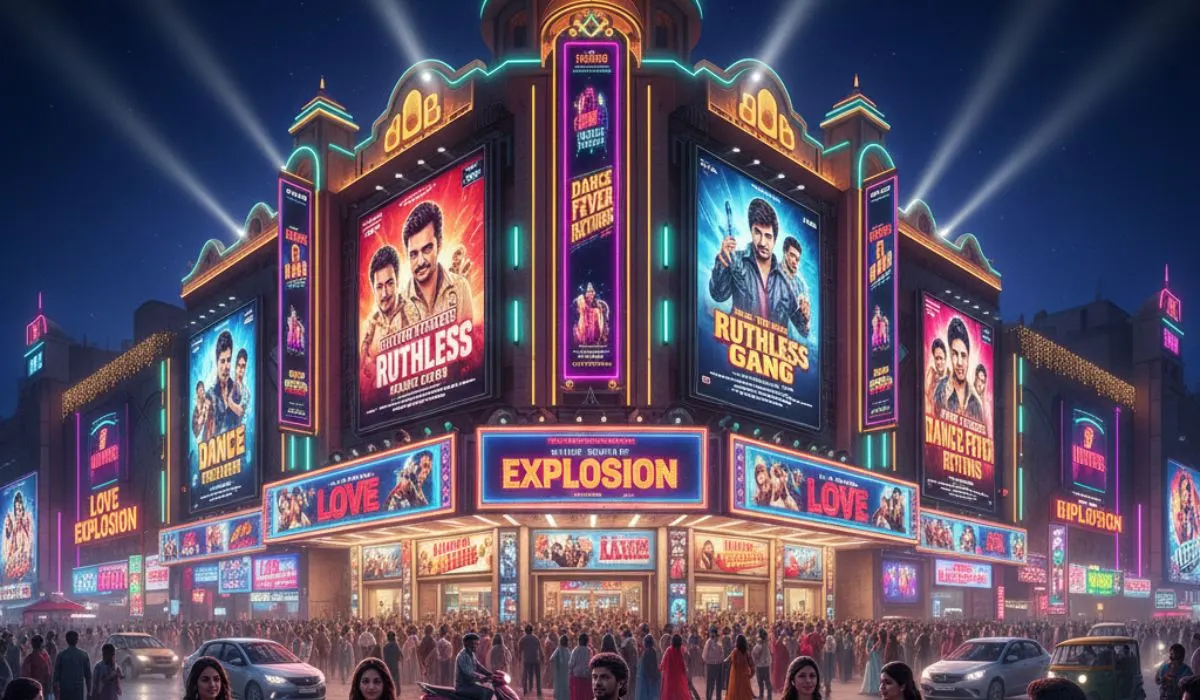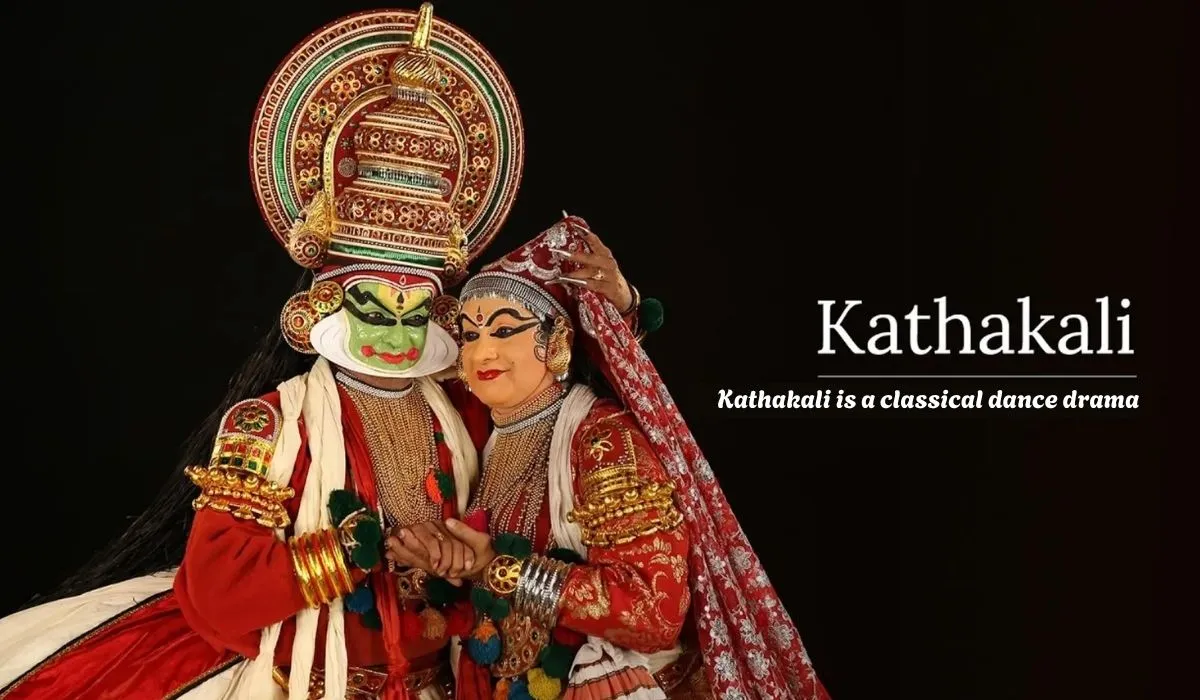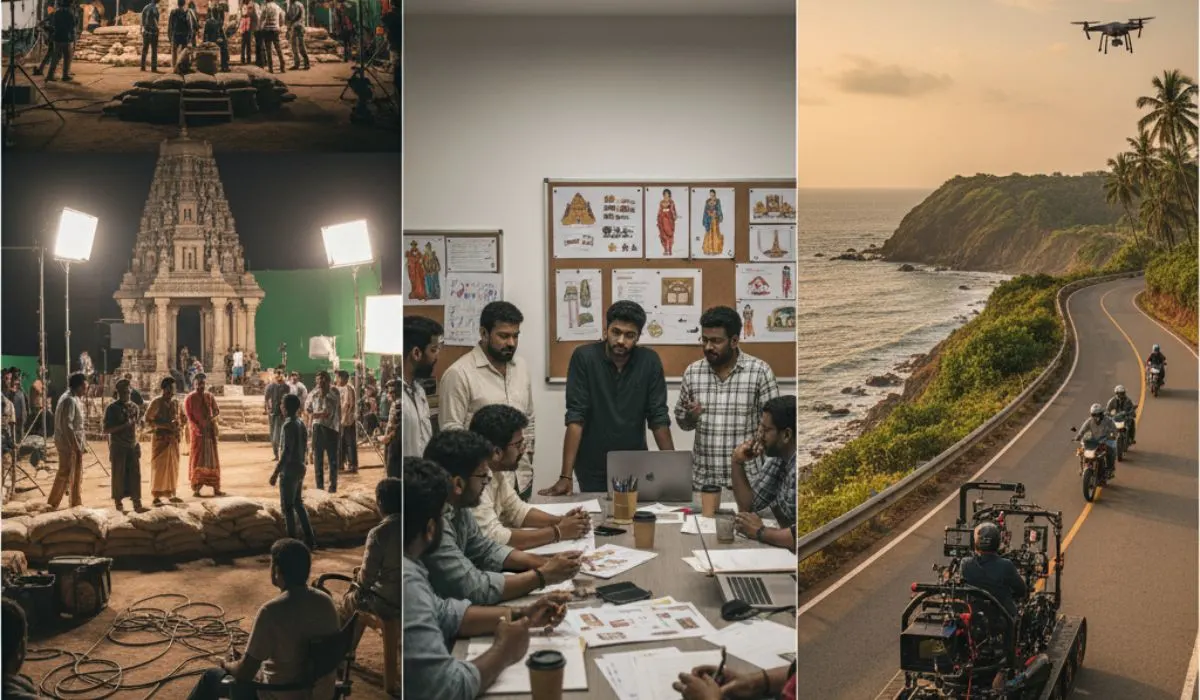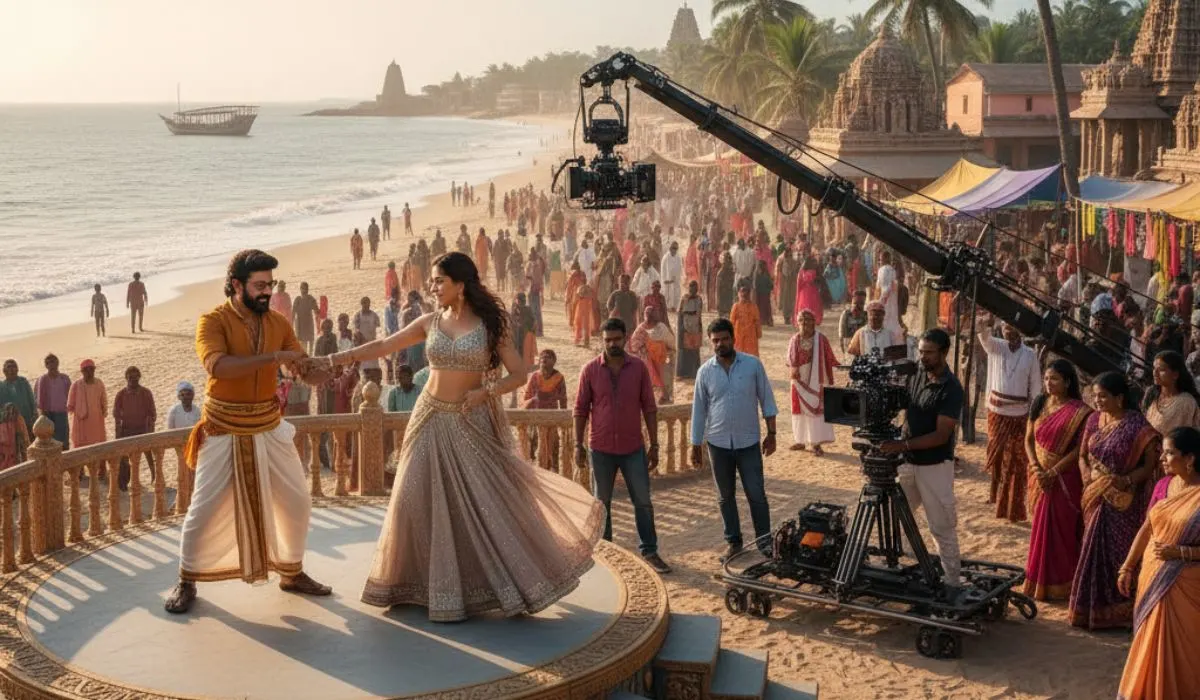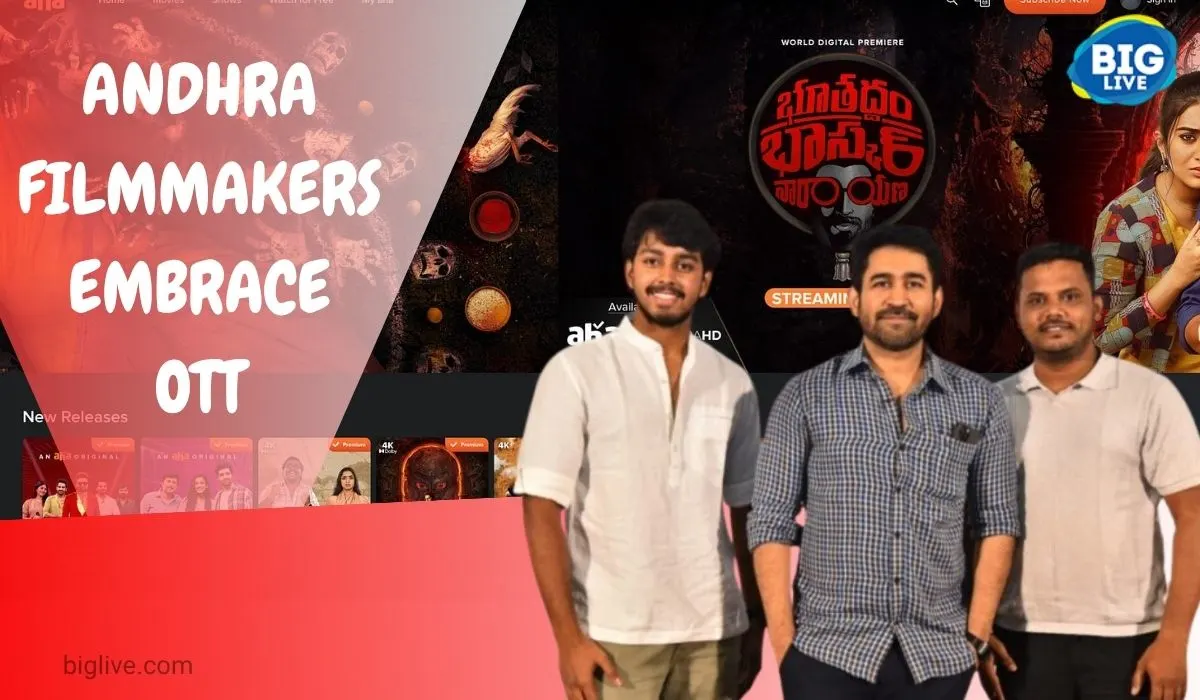For any film student, immersing themselves in the world of cinema is a key step in developing a deep understanding of storytelling, direction, and acting. One of the best ways to learn is by watching great movies that stand out in terms of creativity, technical skills, and cultural impact. In this blog, I will share a list of must-watch Indian movies for film students that will not only expand your knowledge of the art form but also offer a chance to learn from the masters.
Why Should Film Students Watch Indian Cinema?
Indian cinema is incredibly diverse, ranging from regional films to big Bollywood blockbusters, offering a rich tapestry of narratives, techniques, and cultural insights. Understanding this diversity is crucial for any film student. It provides an opportunity to see different genres, storytelling styles, and cinematic approaches. Whether you're interested in mainstream movies or indie films, must-watch Indian movies for film students cover a wide spectrum that will inspire and educate.
Classic Indian Cinema: A Foundation for Film Studies
When you start exploring Indian cinema, it’s essential to first dive into the classics. These films set the foundation for much of the industry’s current filmmaking techniques. Must-watch Indian movies for film students often start with timeless classics that are regarded as masterpieces for their innovative use of direction, screenplay, and cinematography.
One such example is “Pyaasa” (1957) directed by Guru Dutt. This black-and-white film is a poignant portrayal of an artist’s struggle in a materialistic world. The movie’s use of light and shadow, its haunting music, and the tragic story make it a must-watch for anyone interested in cinematic storytelling.
Another must-see is “Mughal-e-Azam” (1960). This epic historical drama, directed by K. Asif, is considered one of the finest achievements in Indian cinema. The grandeur, set design, and intricate performances make it an essential film for film students looking to understand how visuals can enhance a narrative.
The Power of Storytelling in Indian Cinema
Indian movies are not just about technical brilliance but also about the stories they tell. Must-watch Indian movies for film students often highlight how a compelling narrative can resonate with audiences for generations.
One of the standout films in this regard is “Dilwale Dulhania Le Jayenge” (1995). Directed by Aditya Chopra, this film revolutionized Bollywood romantic cinema and is still celebrated for its portrayal of love and family values. The movie beautifully blends modern storytelling with traditional themes, offering a treasure trove of lessons for budding filmmakers.
For those interested in the complexity of human emotions and relationships, “Lagaan” (2001) by Ashutosh Gowariker is a perfect example. The film, which tells the story of a group of villagers who challenge British officers to a game of cricket, is not only a visual spectacle but also a masterclass in building tension, character arcs, and conflict resolution.
Exploring Regional Cinema for a Broader Perspective
When it comes to understanding Indian cinema in its entirety, it’s crucial to dive into regional films. The beauty of Indian cinema lies in its variety, and regional films showcase unique narratives and cinematic techniques that often go unnoticed by mainstream audiences.
For example, “Kireedam” (1989), a Malayalam film directed by Sibi Malayil, focuses on a young man’s struggle with his father’s expectations and the burden of family responsibility. The film is known for its realistic portrayal of relationships and the societal pressures that affect personal decisions.
Another gem is the Tamil film “Visaranai” (2015), directed by Vetrimaaran. This film is based on true events and presents a brutal, yet realistic, depiction of police brutality and the flawed justice system. It’s a powerful film that any student of cinema should watch for its hard-hitting narrative and raw emotion.
The Evolution of Bollywood: Modern Must-Watch Films
Bollywood has undergone significant changes over the past few decades. The new wave of filmmakers has brought fresh storytelling styles and technical brilliance. These films are great examples of how Indian cinema is constantly evolving, and they provide excellent learning opportunities for film students looking to understand modern filmmaking trends.
“Zindagi Na Milegi Dobara” (2011), directed by Zoya Akhtar, is a refreshing take on friendship, love, and self-discovery. The film’s rich visual storytelling, location-based cinematography, and layered performances make it a perfect case study for students interested in contemporary filmmaking styles.
Another film to add to the list is “Andhadhun” (2018), directed by Sriram Raghavan. This film is a suspenseful thriller that expertly plays with genre conventions and plot twists. Its masterful direction and intricate screenplay make it one of the most cleverly crafted Bollywood films in recent years.
How Can Watching These Movies Help You as a Film Student?
Watching must-watch Indian movies for film students is not just about entertainment. These films serve as valuable educational resources that provide a deeper understanding of the creative process involved in filmmaking. Here’s how they can help:
-
Understanding Cinematic Techniques: Each film showcases a unique use of lighting, sound, and composition that you can apply to your own work.
-
Learning Storytelling: Indian cinema is rich in diverse storytelling techniques, and watching these films helps students understand how to build emotional depth, tension, and engaging narratives.
-
Appreciating Cultural Context: Every film reflects the cultural, social, and historical context in which it was made, offering film students an opportunity to connect with different traditions and perspectives.
FAQs on Must-Watch Indian Movies for Film Students
Q1: What are some of the best Indian movies for aspiring filmmakers?
A1: Some of the best Indian movies for aspiring filmmakers include “Pyaasa”, “Lagaan”, and “Dilwale Dulhania Le Jayenge”. These films highlight storytelling, cinematography, and character development.
Q2: Can regional films help in understanding Indian cinema better?
A2: Yes, regional films provide a broader perspective on Indian cinema, showcasing unique narratives and filmmaking styles from various parts of the country. Films like “Visaranai” and “Kireedam” are excellent examples.
Q3: Why should film students watch classic Indian films?
A3: Classic Indian films are crucial for understanding the evolution of filmmaking in India. They offer a foundation in storytelling, acting, and direction that every aspiring filmmaker should learn from.
Conclusion
Indian cinema is a treasure trove of inspiration for film students, offering a wide range of films that teach valuable lessons in storytelling, technical execution, and cultural context. By watching must-watch Indian movies for film students, you gain a deeper understanding of the art of filmmaking, enriching both your academic and creative journey. So, grab some popcorn and dive into these films to fuel your passion and expand your knowledge of the cinematic world!



